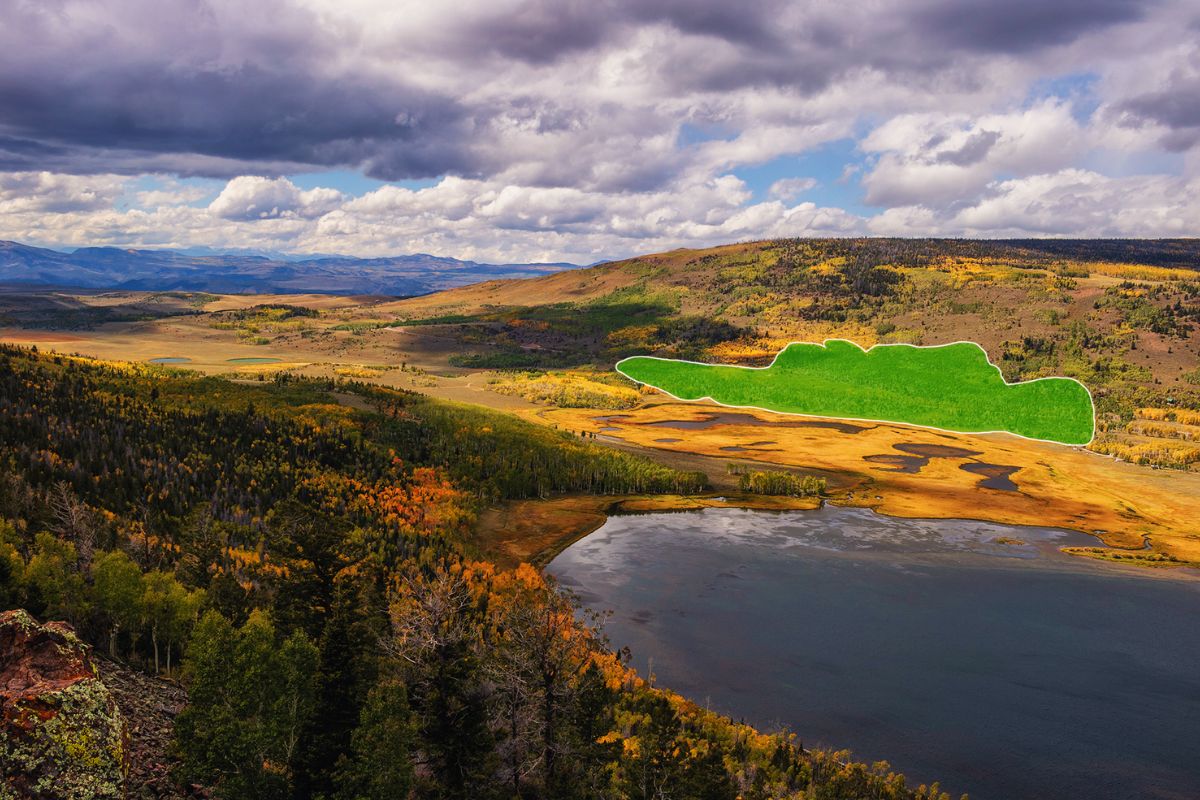A Living Giant Hiding in Plain Sight
In the fall, Utah’s high country turns into a kaleidoscope of trembling leaves, and at the heart of this spectacle stands a single organism sprawling across Fishlake National Forest. Known as Pando, it is a colony of nearly 50,000 quaking aspen trunks, all sprouting from one vast root network. Spanning more than 42 hectares, this “I spread” giant is both a scenic marvel and a profound scientific curiosity.
“From above, Pando’s roots look like a spiderweb, binding thousands of stems that sway as a single body,” one visitor observed. That image captures the quiet strength of a being some researchers call the “silent titan of nature.”
Older Than Empires
Genetic analyses suggest Pando may be between 16,000 and 80,000 years old, placing it at an age roughly 17 times older than the Pyramids of Giza if the upper estimate holds. Even at the lower bound, it predates human agriculture and the rise of many early civilizations. Such endurance invites questions about longevity, resilience, and the mechanics of survival across millennia.
Scientists point to the colony’s vast mass and interconnected roots as buffers against drought, fire, and disturbance. A single organism spread across a large area can compartmentalize damage, allowing healthy sections to support stressed zones.
The Clonal Life of a Triploid
Pando is not a “forest” in the usual sense; it is a single plant that reproduces by cloning through its extensive rhizomes. The colony is triploid, meaning it carries three sets of chromosomes, a trait that blocks normal sexual reproduction. Instead, new stems are born as genetic copies, rising from the same ancient network into the mountain light.
Clones are not static, however, and mutations accumulate as years turn into centuries and centuries into epochs. Over time, some stems develop slight genetic differences, offering a living record of slow-motion evolution within one organism.
A Hidden Map of Variation
To decode this living archive, researchers sampled roots, bark, leaves, and branches, comparing Pando’s tissues with unrelated aspens. They identified around 4,000 genetic variants, a rare window into how mutations accumulate under purely vegetative reproduction. The pattern is surprisingly mixed: nearby stems share more similarities than distant ones, but the colony is not sharply partitioned.
At distances of 1 to 15 meters, genetic resemblance is stronger, yet across the whole colony the variation feels well mixed, hinting at complex root dynamics and the subterranean shuffle of nutrients, signals, and growth.
Lessons in Survival
Triploidy may be a cornerstone of Pando’s long life, conferring larger cells, altered physiology, and a distinct strategy against disease. Repeated cloning sidesteps the risks and variability of sexual reproduction, maintaining a proven genome while allowing small, adaptive deviations to persist.
Researchers view Pando as a natural laboratory for resilience, with implications for biodiversity, climate adaptation, and ecosystem management. Understanding how such an organism persists through drought cycles and disturbance could inform restoration strategies in vulnerable landscapes.
Present Threats, Practical Hopes
Despite its grandeur, Pando faces modern pressures: herbivory by deer and elk, drought amplified by climate change, and the long-term suppression of fire that once fostered regeneration. In places where browsing is intense, young shoots fail to mature, leaving aging stems without a strong succession.
Effective stewardship blends science and humility, aligning management with the organism’s ancient rhythms. Some interventions already show promise in protecting the understory and letting new stems establish themselves.
- Strategic fencing to reduce excessive browsing by ungulates and safeguard saplings
- Prescribed fire to reset competition and stimulate root-driven sprouting
- Adaptive water and soil management to buffer climatic stress
- Monitoring genetic variation to track health and guide interventions
What a Single Being Can Teach
Pando reframes our idea of an individual, stretching it across space, time, and identity. Its many trunks behave like organs of a single body, coordinated by a root system that listens, shares, and responds. In that unity lies an ecological lesson: interconnection is not fragility, but a route to flexible strength.
The colony’s story also reshapes our sense of time, blending ancient origins with present-day urgency. As climates shift, Pando stands as both a witness and a guide to surviving change without losing continuity.
See the Giant, Remember the Web
A visit to Fishlake offers swaying leaves, flickering light, and the hush of a living cathedral. Yet the real wonder is underground, where roots knit a community into a singular being. To care for Pando is to care for the web of relationships that sustains life far beyond a single grove.

